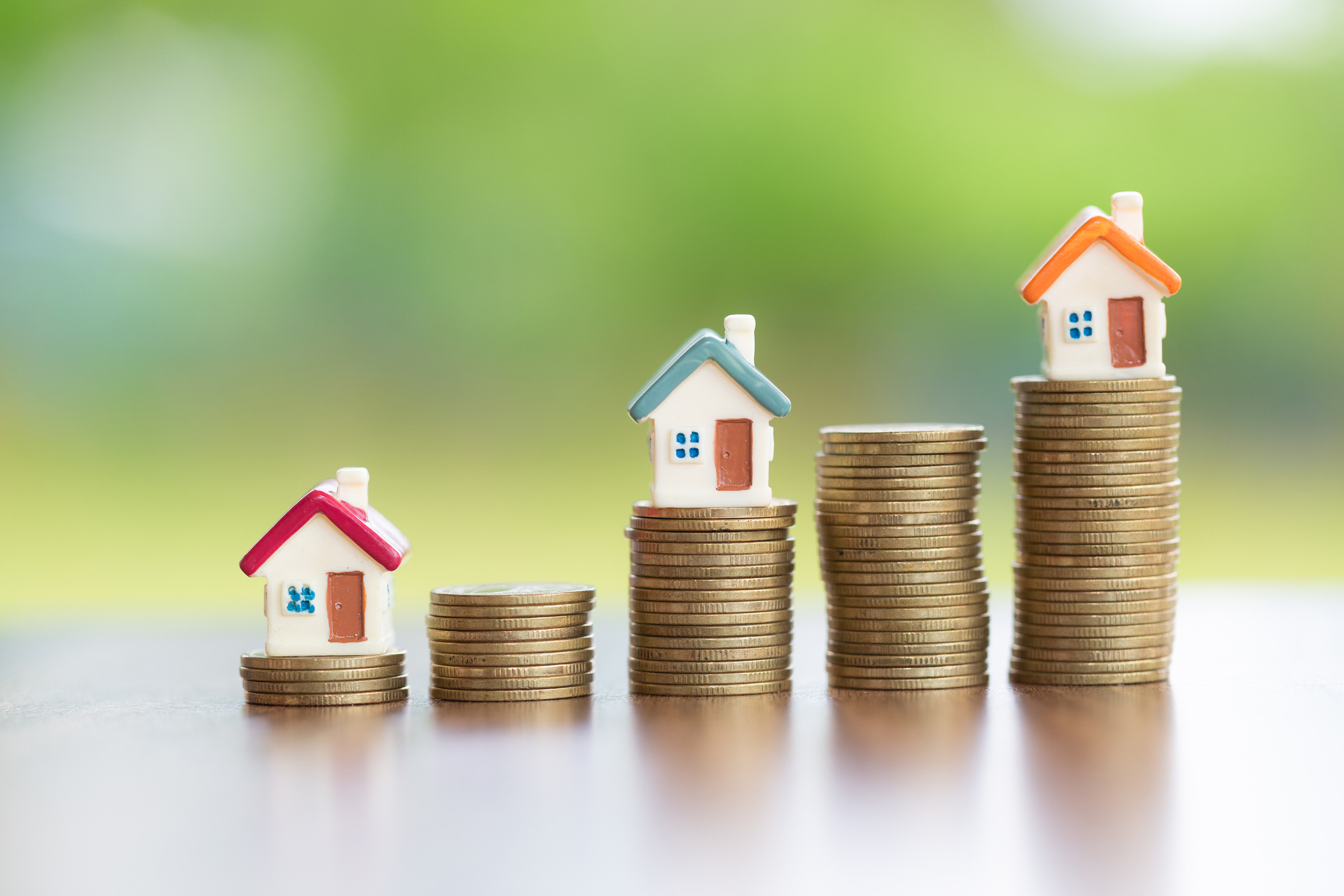Real estate profitability has become a fundamental aspect for the financial success of projects in this industry. Energy efficiency, beyond its environmental benefits, plays a crucial role in managing energy resources, leading to significant economic advantages for investors.
In this article, we explore how efficient energy use contributes to the profitability of buildings and other critical aspects, such as regulatory compliance with initiatives like the EU Taxonomy and ESG criteria.
Energy efficiency as a driver of asset profitability
The profitability of real estate projects largely depends on the ability to reduce operating costs and maximize asset value. Here, energy efficiency plays a crucial role by decreasing consumption through strategic decisions made during the design phase and the implementation of technologies that optimize resource use.
This approach includes adopting efficient HVAC (heating, ventilation, and air conditioning) systems, LED lighting, advanced thermal insulation, and integrating renewable energy sources like solar panels or geothermal systems.
.png?width=1474&height=592&name=b_graphic_saving_effort(2).png)
Moreover, the earlier we begin making decisions about energy savings in the building design process, the less effort will be required and the greater the savings will be. If decision-making occurs at a later stage —whether during construction or after completion— much more effort will be needed, and the same level of savings will not be achievable.
Reduction of operating costs
According to the IFC (International Finance Corporation), energy efficient buildings can save up to 30% on operating costs and increase their market value by 10%. These savings boost net operating margins and, consequently, real estate profitability, especially in long-term projects where energy costs represent a significant portion of total expenses.
While investing in efficient technologies involves a higher initial cost, the return on investment (ROI) is clearly positive in the long run. Energy efficiency not only enhances the perceived value of the property but also allows developers to achieve higher rental incomes, as tenants appreciate lower operating costs. In a competitive market, this translates into a significant advantage.
Additionally, buildings that meet high sustainability standards, such as LEED, BREEAM, DGNB or VERDE certifications, tend to be more attractive to both buyers and tenants. These properties not only reduce environmental impact but also offer economic benefits, increasing their market value and thereby contributing to better real estate profitability.
Impact on access to capital and financing
Energy efficiency not only reduces operating costs but also influences access to capital and financing conditions. The growing interest in sustainability has spurred "green" financial products, such as mortgages and loans linked to ESG (Environmental, Social, and Governance) criteria, which offer more favourable terms for projects implementing sustainable measures.
Moreover, energy efficient projects reduce their exposure to energy price volatility, thus stabilizing cash flows and improving their credit profile. This enhances investors' perception of the project's creditworthiness, facilitating access to capital and boosting real estate profitability.
Regulatory compliance, European Taxonomy and ESG Criteria
Beyond direct financial benefits, global regulations are increasingly aligned with sustainability, compelling developers to adopt energy efficiency measures to comply with emerging regulations. The EU Taxonomy, for instance, is one of the key initiatives promoting investment in projects with high energy efficiency.
The EU Taxonomy defines specific criteria to classify economic activities as sustainable, directing investment toward projects that help mitigate climate change. Properties that meet energy efficiency requirements —such as nearly zero energy consumption (nZEB) standards— are more attractive to investors and can benefit from tax and financial incentives.
Adherence to ESG criteria (environmental, social, and governance) has become essential in real estate projects, not only for regulatory compliance but also to attract investments from sustainable funds and green financial products. Buildings that incorporate ESG criteria into their design, operation, and maintenance are valued higher in the market and may gain access to tax breaks or preferential financing.
Examples of sustainable measures to achieve energy-efficient assets
To meet the increasing sustainability requirements, real estate developers can adopt various measures, such as:
- implementing Building Management Systems (BMS) that efficiently optimize energy use;
- installing efficient technologies like LED lighting that reduce electricity consumption;
- integrating renewable energy sources, such as geothermal or photovoltaic systems, to promote a more sustainable energy supply;
- and making passive improvements that include enhancing thermal insulation, installing high-energy-efficiency windows, and optimizing the thermal envelopes of buildings.

Energy Audit of a Building
Conclusion
Energy efficiency is a crucial component for maximizing real estate profitability in sector projects. Reducing operational costs, increasing asset value, and gaining access to “green” financial products enable the creation of a favourable financial environment for developers committed to sustainability. Furthermore, compliance with regulations such as the EU Taxonomy and ESG criteria ensures that these projects are not only financially viable but also align with the growing regulatory expectations surrounding sustainability.


